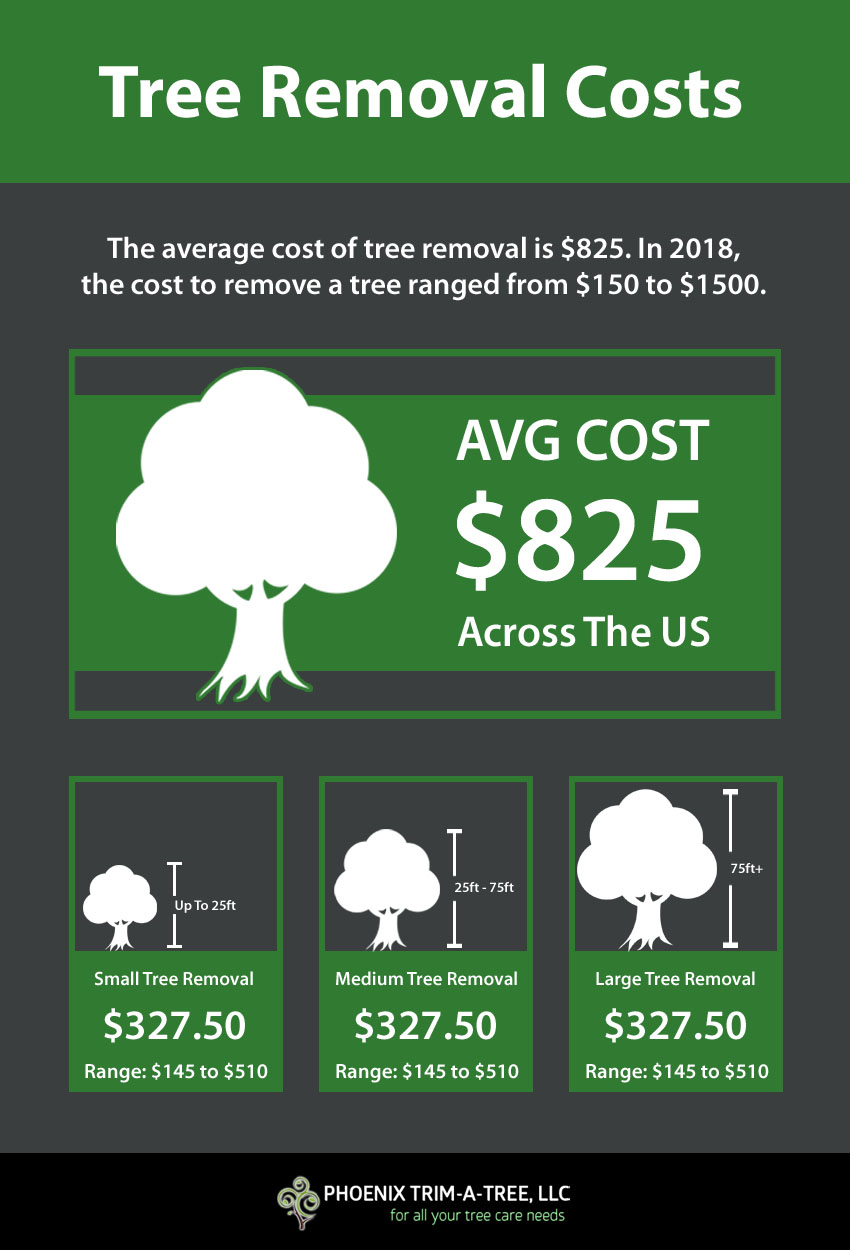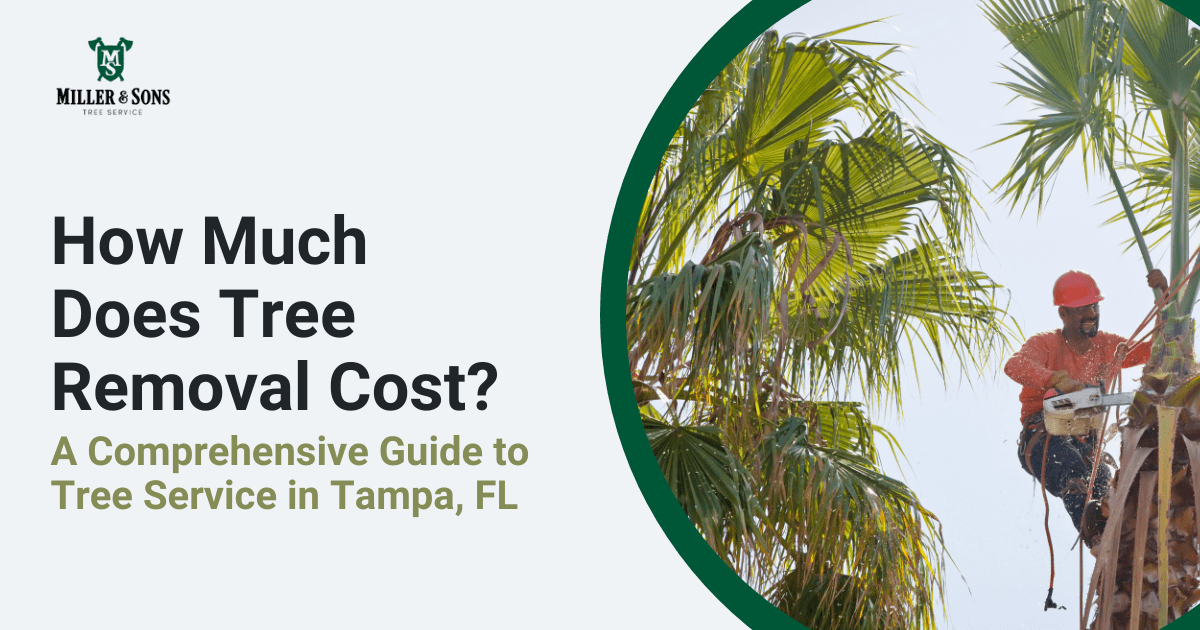Featured
Table of Contents
- – Best Stump Removal Companies In Boonville, MO:...
- – Boonville, MO Arborist Cost Breakdown
- – Boonville, MO Tree Trimming Quote Comparison ...
- – Boonville, MO Tree Service Cost Breakdown
- – Competitive Tree Clearing Costs In Boonville,...
- – Boonville, MO Stump Removal Assessment Costs
- – Boonville, MO Tree Removal Cost Breakdown
- – Boonville, MO Stump Removal Price Estimator
- – Final Stump Removal Costs In Boonville, MO: ...
- – Free Tree Clearing Quotes In Boonville, MO
- – Rental Tree Removal Options In Boonville, MO
- – Comparing Boonville, MO Tree Service: Which ...
- – Straight Tree Trimming Costs In Boonville, MO
- – Boonville, MO Tree Removal Transfer Costs
- – Senior Discounts On Tree Clearing In Boonvil...

The subsections below provide more detailed info about rates, including an average variety for each. TypeAverage Removal CostPineConiferPalmMagnoliaArborvitaeAshCedarSweet GumEucalyptusSycamoreCypressOakMaplePoplar You can anticipate to pay between to eliminate a pine, depending upon its size. Getting rid of a pine is among the more inexpensive tasks unless it is one that has actually been around for several years and is rather large.
Best Stump Removal Companies In Boonville, MO: Pricing
Pines likewise have a tap root that grows deep into the soil, which can prove to be harder to remove. The procedure itself includes an expert cutting the tree, clearing the base, cutting the surface roots, removing the stump, and lastly dealing with the soil. Without an expert hand, you risk leaving pine seedlings behind, which will fall from the roots of distressed pines.
Boonville, MO Arborist Cost Breakdown
The U.S. nationwide average for conifer elimination is roughly to have the conifer reduced, transported away, and the stump ground or gotten rid of totally. Conifers are generally much easier to get rid of, and despite the fact that they can grow rather tall, they do not cost a fortune to eliminate. Conifers consist of pine, spruce, fir, and juniper trees.
Boonville, MO Tree Trimming Quote Comparison Tool
While conifers are stunning, they eliminate native plants and specific types of grass. This is since they require a lot of water and nutrients to survive, so they leach it off surrounding plants. They also have an expansive network of roots, which can affect your home's foundation. The average price of palm removal depends upon the height as much as the type, varying from.
Boonville, MO Tree Service Cost Breakdown
That is why it is very important to understand which type you are eliminating. While you do not need an herbicide to eliminate a palm tree, there are some steps your removal expert will have to take to guarantee the task is done properly. There are 2 methods they can get rid of them: by chopping them down or digging them up.
Competitive Tree Clearing Costs In Boonville, MO
This is because small animals like rats and scorpions frequently live in them. Plus, numerous types will have spikes, too. From there, they remove the actual tree and then the stump. Expect to pay between to remove this type of tree, depending upon the precise size and information of the task.
Boonville, MO Stump Removal Assessment Costs
There are 3 types: green, white, and black ash. White ash is understood for its many colors. With its gray-tinged bark, its leaves are green or purple in the spring and golden yellow or purplish-red in the fall. They take pleasure in moderate environments and great deals of sun. The green ash is named such due to its green or yellow foliage.
Boonville, MO Tree Removal Cost Breakdown

Due to the variation in height, the removal cost variance is wide from. A coniferous, evergreen tree, the cedar is a durable types.
Boonville, MO Stump Removal Price Estimator
The development of false cedars differs from 50 feet up to 230 feet high. With star-shaped leaves and sensational fall colors, the sweet gum is considered a medium to large tree.
Final Stump Removal Costs In Boonville, MO: No Hidden Fees
Usually, it costs in between to remove a eucalyptus. Eucalyptus are not common all over, but they are quite big compared to others, which is why even the smaller sized ones are so costly to remove.
Free Tree Clearing Quotes In Boonville, MO
There are a handful of ways to do this, consisting of burning, pulling, grinding, or eliminating them with herbicide. Expect to pay in between to remove sycamores, based upon the height, trunk size, and amount of work included. Sycamores are among the biggest wood trees, typically varying from 60 to 100 feet tall and as broad as 15 feet.
Rental Tree Removal Options In Boonville, MO
The first 2 steps will expose the insides of the tree and cut off the circulation of nutrients up the trunk. From there, an expert uses herbicide to kill the tree and cuts down the trunk.
Comparing Boonville, MO Tree Service: Which One Is Right
There are many different types of Cypress trees, however the most prevalent are the Leyland, Arizona, Bald, and Italian. The Bald Cypress grows in swampy or really moist areas while the others take pleasure in a dry, warm, or hot environment (tree service). They can grow as tall as 80 to 100 feet tall
Straight Tree Trimming Costs In Boonville, MO

Prone to illness, the Cypress is one of the most valued woods for furniture. The average oak grows to around 60 feet, and depending upon the intricacy of the elimination, it costs approximately to remove. The precise size of your oak and the effort required to fell it affect what you will actually pay for elimination in addition to any additional services like stump grinding.
Boonville, MO Tree Removal Transfer Costs
Access to the trees and the roots will likewise impact the overall expense. Maples are generally among the more pricey trees to remove since of their size and the work included in the elimination.
Senior Discounts On Tree Clearing In Boonville, MO
Growing as high as 90 to 115 feet, these huge lumbers are generally discovered in North America and include the aspen, cottonwood, and balsam trees. The process to eliminate trees includes all the cutting and cutting of the branches and trunk, bringing it down to a stump.
Table of Contents
- – Best Stump Removal Companies In Boonville, MO:...
- – Boonville, MO Arborist Cost Breakdown
- – Boonville, MO Tree Trimming Quote Comparison ...
- – Boonville, MO Tree Service Cost Breakdown
- – Competitive Tree Clearing Costs In Boonville,...
- – Boonville, MO Stump Removal Assessment Costs
- – Boonville, MO Tree Removal Cost Breakdown
- – Boonville, MO Stump Removal Price Estimator
- – Final Stump Removal Costs In Boonville, MO: ...
- – Free Tree Clearing Quotes In Boonville, MO
- – Rental Tree Removal Options In Boonville, MO
- – Comparing Boonville, MO Tree Service: Which ...
- – Straight Tree Trimming Costs In Boonville, MO
- – Boonville, MO Tree Removal Transfer Costs
- – Senior Discounts On Tree Clearing In Boonvil...
Latest Posts
Commercial Arborist Costs In Oak Grove, MO
Morgan City, LA Tree Removal Market Rates
Transparent Tree Removal Pricing In Ottumwa, IA
More
Latest Posts
Commercial Arborist Costs In Oak Grove, MO
Morgan City, LA Tree Removal Market Rates
Transparent Tree Removal Pricing In Ottumwa, IA